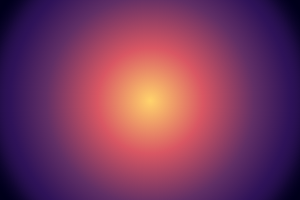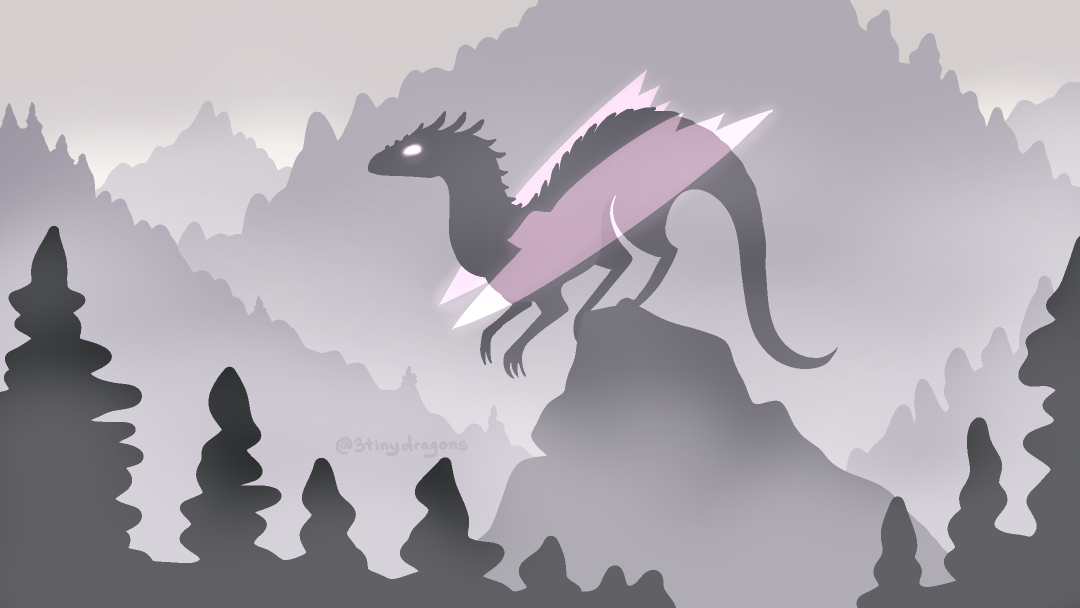Cell Structure
Floatglass cells vary in thickness from half an inch to fractions of centimeters. Thicker cells are found around the primary veins and the base of the wing.
Cells connect along straight edges. The primary veins are thicker and more rigid than the veins everywhere else. Primary veins are the root of the wings power and disperse Aura from the dragon’s body into the rest of the wing.
New cells can only be generated along vein lines. Individual cells cannot be repaired, so it is better for them to be broken off completely so the dragon can generate a replacement. This helps minimize damage to the wing by confining it to a small area.
Shattering
In a crisis, a dragon can immediately destroy its own wings. This is done by breaking the connections between floatglass cells, allowing the pieces to scatter. The action is nicknamed "shattering" because of how much it looks like breaking glass.
Instances of shattering are extremely rare and usually only observed in small species as a last-ditch effort to avoid the jaws of a predator. Destroying their wings is costly. It could be weeks or even months before the dragon replenishes enough edylium to create a new pair. A dragon will only shatter its wings if it believes the only other option is death.
Shattering can also be provoked. Severe trauma to the primary veins or within the wing slits could trigger shattering. A powerful blast of Aura of the opposing Luminosity could also shatter wings if it displaces enough of the dragon’s Glow that it can no longer power them. Dragon wings will instantly shatter upon death.
Generation
Wing formation begins inside the dragon’s body. The starting floatglass cells are synthesized within the wing slits. Additional cells grow from the edges of starter cells, and more cells grow from those cells, expanding outward until the wing is completed.
The time it takes to generate wings depends on their size. No dragon takes longer than five minutes to complete their wing. Very small dragons can generate their wings so fast that they seem to appear in an instant.
Once the wings are out the dragon can keep them for as long as they wish, provided they have enough Glow to supply them with energy. They can reabsorb their wings by carefully folding them into their wing slits. Reabsorption takes much longer than generation--as long as a few hours--so a dragon will only put its wings away if it is certain it won’t need them again soon.
Physical Function
How do dragon wings move? Does a dragon feel pain in its wings? Does a dragon feel any sensation in its wings at all?— Common questions about dragon wings
These questions and others like them continue to mystify society. Since living specimens are rarely cooperative and the wings break upon death, research of dragon wings is difficult. Researchers must rely on observation alone to produce theories.
Movement
Dragon wings have no nerve endings, muscles, or tendons. Nevertheless, they can move and flex just like a flesh wing would.
The wings have limited horizontal movement, and can primarily be moved up and down. They can be moved independently of each other. Despite how thin the wings are, dragons cannot fold them completely backwards or twist them inside-out.
Tactile Sensation
Dragons react when their wings are touched even if they can’t see them. They have spacial-awareness of their wings and can tell if they have enough room to spread them.
It is impossible to know what a dragon feels, so whether or not their wings experience pain is inconclusive. They avoid harming their wings and react negatively when they’re damaged, but they could be responding to an instinct to protect themselves rather than literal pain.
Advantages and Disadvantages
Advantages
Dragons reap many benefits from their special wings. Their negligible weight grants them a much larger wingspan, which in turn allows the dragon to be bigger without losing their ability to fly. Not only are they bigger, but dragon wings also help to negate the dragon’s weight with the Law of Celestial Repulsion, which actively pushes the dragon upwards in addition to normal lift. The result is a weightlessness and agility that is unmatched by other flying beasts.
Another obvious benefit to dragon wings is the ability to remove them when they’re not needed. This prevents them from becoming cumbersome and keeps them out of harm’s way. If a wing is damaged, new cells can immediately be generated to repair it. Only damage to the wing slits can permanently damage a dragon’s wing.
Disadvantages
Dragon wings cannot function without Glow. Illness or injury can affect a dragon’s ability to use Glow, which thereby affects their ability to fly. It takes so much Glow to create a new pair of wings that most dragons can only do so when their object of Luminosity is active. As a consequence, solar dragons are more likely to be diurnal and lunar dragons are more likely to be nocturnal.
Attempting to generate a new set of wings when the dragon is low on Glow can cause serious damage to the Celestial Core or Nexus, which can cause Glowleak, Bloodburn, or even Combustion.
Other Luminous beasts can take advantage of this weakness. Unicorns in particular adapted the ability to release powerful Glowblasts from the tips of their horns in order to disable the flight of their main predator: Savanna Plains Racers. The edylium content of dragon wings also makes them ideal targets for Luminous predators, including people.






Fellow "dragons can look like anything" enjoyer. I like the detail of reabsorption taking more time and uncertainty of if they feel pain or not.
Weird dragons! Weird dragons! Weird dragons! Thank you for the kind words <3